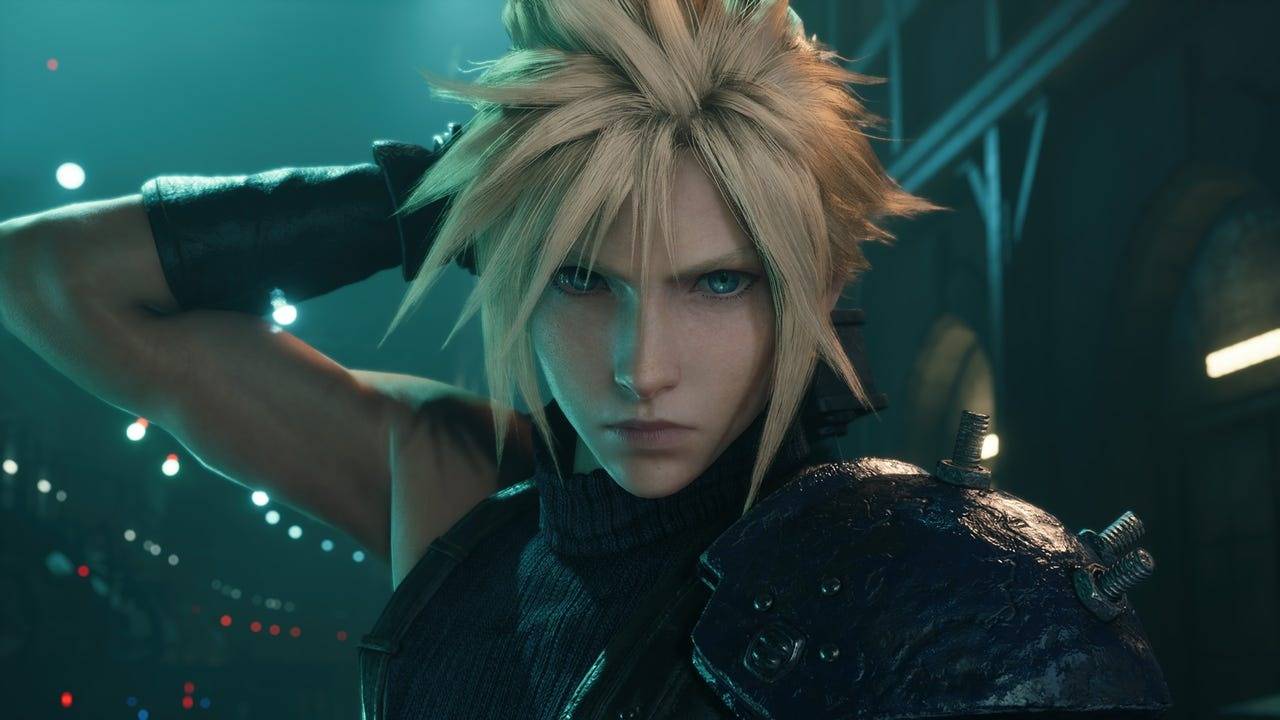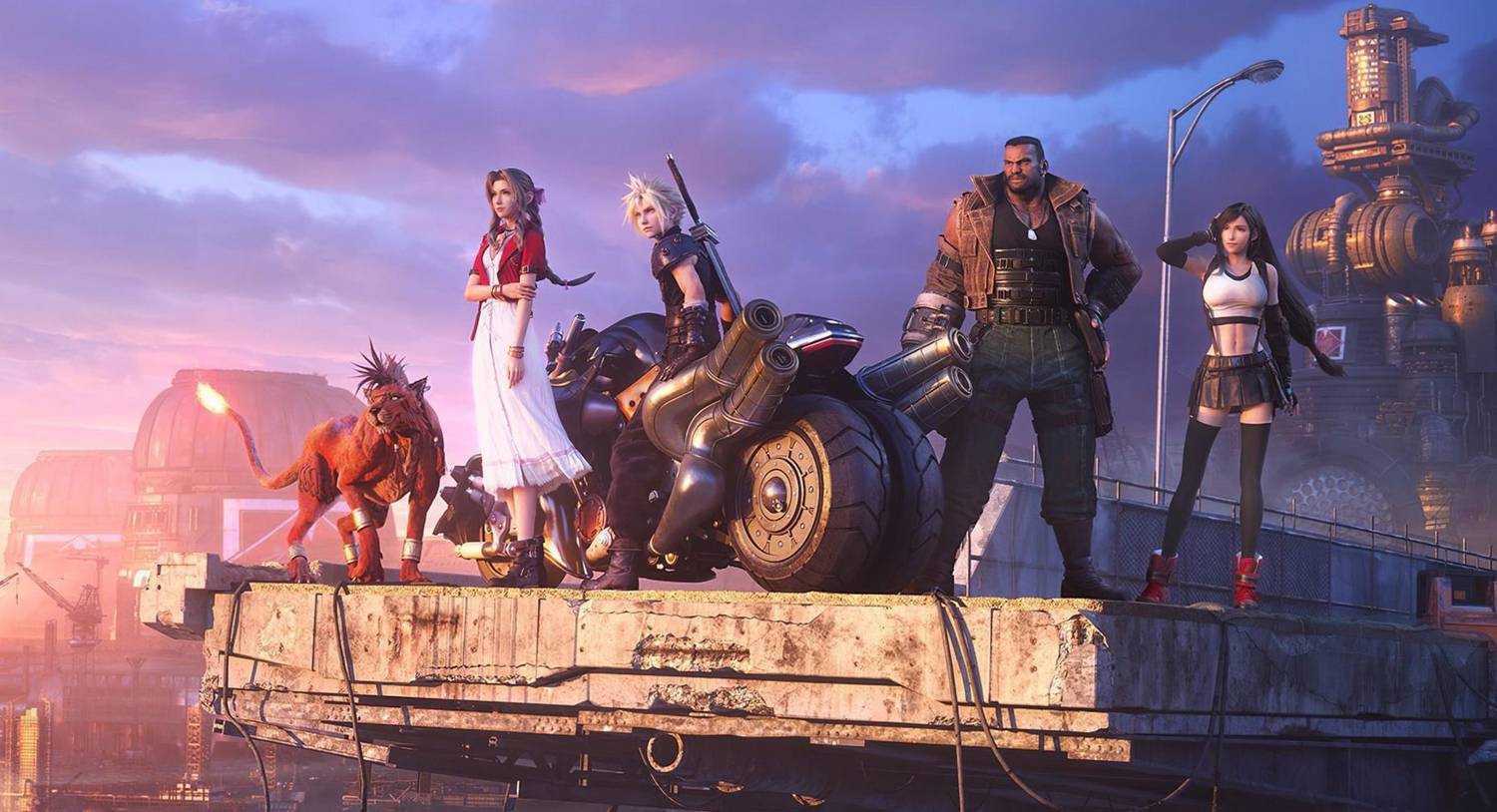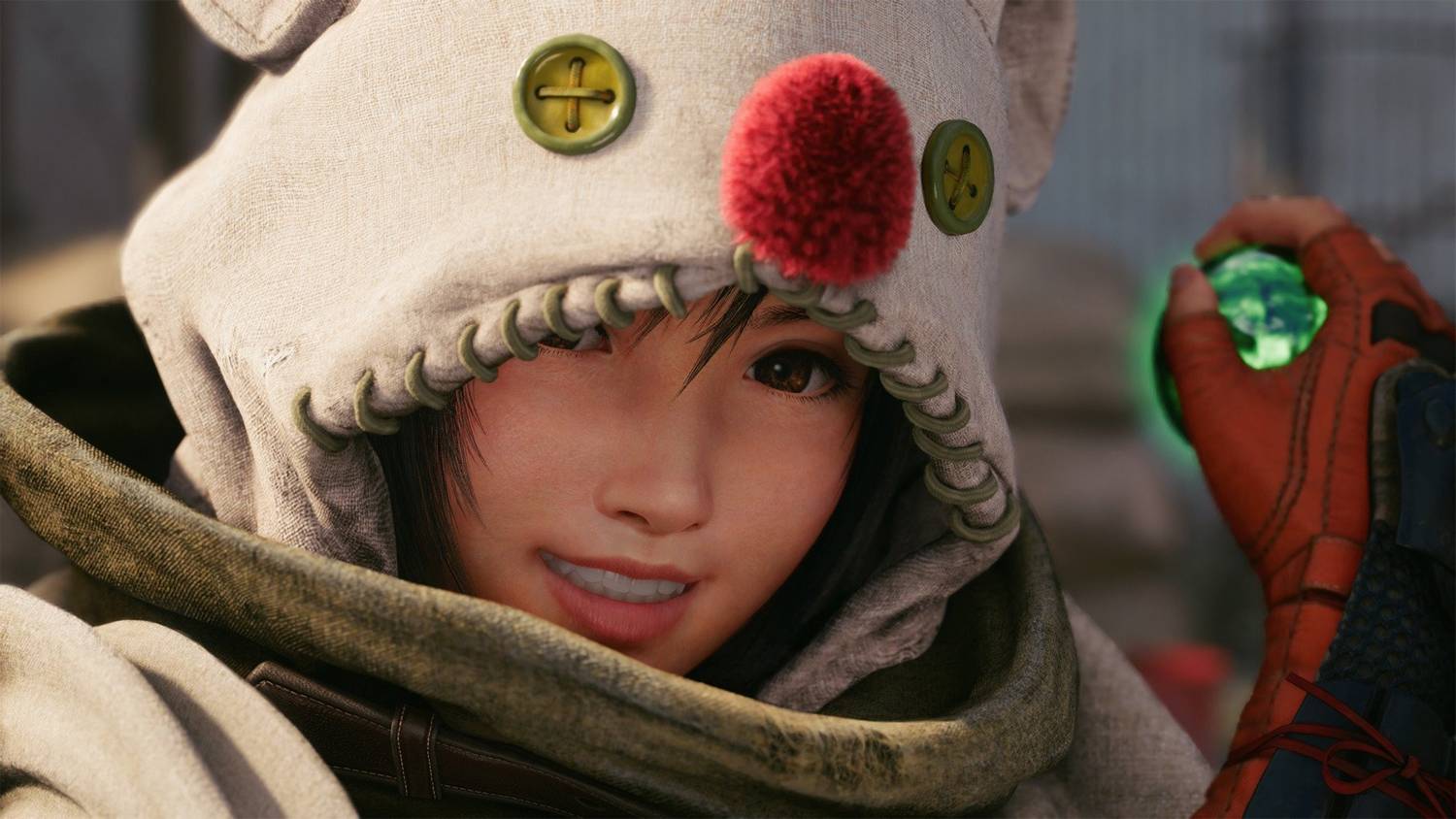The Developer’s Stance: Why Speed is the Real Price of Switch 2 Game-Key Cards
Popular Now
 Black Myth: Wukong
Black Myth: Wukong
 Candy Crush Saga
Candy Crush Saga
 CarX Street
CarX Street
 Call of Duty
Call of Duty
 BeamNG.drive
BeamNG.drive
 Minecraft
Minecraft
 Geometry Dash
Geometry Dash
 Poppy Playtime
Poppy Playtime
 Grand Theft Auto V
Grand Theft Auto V
 Brawl Stars
Brawl Stars  The director of the Final Fantasy VII Remake trilogy, Naoki Hamaguchi, has weighed in on the contentious issue of Nintendo Switch 2 Game-Key Cards, arguing that players need to understand the format is largely a necessary evil dictated by technical constraints, not purely a publisher cost-saving measure. His comments come as the physical version of Final Fantasy VII Remake Intergrade for the Switch 2 is confirmed to utilize the Game-Key Card format, requiring a full digital download despite purchasing a physical cartridge.
The director of the Final Fantasy VII Remake trilogy, Naoki Hamaguchi, has weighed in on the contentious issue of Nintendo Switch 2 Game-Key Cards, arguing that players need to understand the format is largely a necessary evil dictated by technical constraints, not purely a publisher cost-saving measure. His comments come as the physical version of Final Fantasy VII Remake Intergrade for the Switch 2 is confirmed to utilize the Game-Key Card format, requiring a full digital download despite purchasing a physical cartridge.
 Overcoming the Performance Bottleneck
Overcoming the Performance Bottleneck
The director acknowledges the frustration felt by consumers who value physical media for ownership and preservation. However, he emphasizes that for developers working on “high-end HD games” with large asset streaming requirements, the loading speed of traditional cartridges is the single biggest impediment, overshadowing even memory capacity concerns.
- The Cartridge Speed Limit: Hamaguchi notes that the read speed of the proprietary Switch 2 game cards is inherently slower compared to the console’s internal SSD (Solid-State Drive). This physical limitation can lead to significant performance issues, such as stuttering and slow texture loading, in graphically demanding, open-world titles.
- The SSD Solution: By using the Game-Key Card—a cartridge that acts as a license key rather than a complete data drive—developers can force a full install of the game onto the console’s internal storage. This “semi-download” approach allows the game to utilize the much faster SSD speed for data streaming and loading, ultimately delivering a smoother, higher-quality gaming experience that is more comparable to current-generation consoles like the PS5 and Xbox Series X/S.
This reasoning is echoed by other major studios, including developers behind the Switch 2 port of Star Wars Outlaws, who cited the Snowdrop engine’s heavy reliance on disk streaming as the primary reason for choosing the key card format. For AAA publishers bringing complex games to the portable platform, performance often takes precedence over a purely on-cartridge physical release.
 The Future of Physical Media and the Player’s Dilemma
The Future of Physical Media and the Player’s Dilemma
Hamaguchi expressed hope that Nintendo fans will eventually “come to accept” the Game-Key Card as a necessary part of the Switch 2’s gaming culture. From the developer’s perspective, this option provides a vital pathway to bring ambitious, high-budget titles to the platform that might otherwise be impossible to port.
Despite the technical justifications, the format remains highly controversial among players, touching on several key concerns for the gaming industry:
- Game Preservation: The primary fear is that if a Nintendo download server is ever shut down in the distant future, the key card will become useless, making the game unplayable, thereby undermining the fundamental value of physical ownership and media preservation.
- The Storage Cost Factor: While Hamaguchi downplays it, many consumers believe the move is also driven by cost, as traditional, high-capacity cartridges (like the 64GB cards) are significantly more expensive for publishers to produce than the simpler key cards, a cost that can either be passed to the consumer or deducted from the publisher’s profit margin.
- The Trade-Off: Players are now forced to choose between the faster loading times offered by the SSD installation (via the key card) and the traditional guarantee of physical media ownership and future access (via a full, but slower, cartridge).
Ultimately, the director’s comments highlight a difficult truth in modern console gaming: the gap between the speed of physical media and the requirements of high-fidelity software is widening. For now, the Game-Key Card represents the compromise third-party developers are willing to make to deliver their best possible product on the Nintendo Switch 2.











 Overcoming the Performance Bottleneck
Overcoming the Performance Bottleneck The Future of Physical Media and the Player’s Dilemma
The Future of Physical Media and the Player’s Dilemma